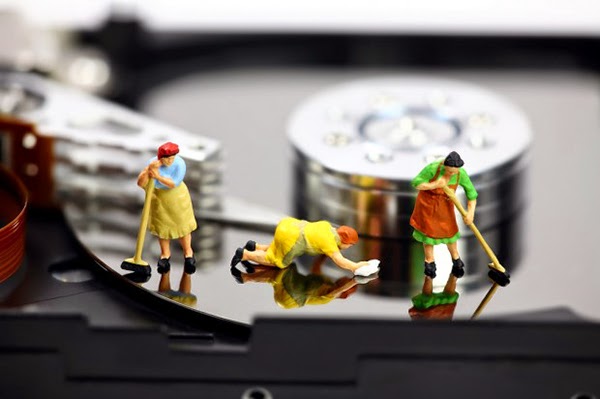
Image Deduplicator is an extremely user-friendly program that can help you locate duplicated images on your computer. If you don’t deal with a bunch of pictures, this program will be of little use to you.I didn’t run into this problem, but I guess it depends on how many pictures you have. Program warns that some searches could take hours.Was able to figure out the whole program without reading any of the help files Duplicated pictures can even be found if they have a different resolution or color.Super fast search engine – most searches will take just seconds.

This includes (but is not limited to): JPG, BMP, PNG, GIF, TIF, ICO, CUR, WMF, TGA

IMGDUPES: In a Nutshellīorrowed directly from the author’s Github page, here is a gif to demo the usage of imgdupes.Do you have multiples of the same picture saved on your computer, or at least want to find out if you do? Well there is a program for that! Image Deduplicator can help you find duplicated images on your computer, even if they are saved in a different format.
#IMAGE DEDUPLICATOR SERIES#
iTerm, in itself, can make up a series of blogs, if the particular blog does not already exist (e.g., Clovis’s ( blog). Provided iTerm2 is your shell prompt of choice, which I would suggest for most developers, as it comes with many neat features, tuneable settings, and add-ons when need be.
#IMAGE DEDUPLICATOR INSTALL#
Install imgdupes (i.e., see Github for instructions) in the desired python environment (e.g., see Gergely Szerovay’s blog to learn about conda environments). I was fortunate to stumble upon a wonderful python-based command-line tool call imgdupes. Precisely, I needed a tool to discover, display, and prompt to delete all duplicate images. Knowing there were several duplicates and near-duplicates (e.g., neighboring video frames), and that this was not good for the problem I aim to solve, I needed an algorithm or tool to find duplicates. Thus, I was cleaning face data, and the identity of the faces within named the subdirectories.

This is a common scenario in ML tasks, as many renowned datasets follow such convention: separate class samples by directory for both convenience and as explicit labels. My situation while building a facial image database was as follows: a directory of multiple directories, and with each subdirectory containing images for the respective class. Problem Statement: De-Duplicating an Image Set See reference for the technical details of specifications, algorithms, options, and such (or stay tuned for a future post on the details). Note that the aim here is to introduce imgdupes. The latter led me to find a great command-line tool for cleaning out duplicates and near-duplicates, and especially when used with iTerm2 (or iTerm) - namely imgdupes.

Furthermore, building or extending a database usually cost astronomical amounts of time, subtasks, and attention to detail.
#IMAGE DEDUPLICATOR MANUAL#
As far as time in manual labor, preparing data for an ML pipeline more often than not takes the majority.


 0 kommentar(er)
0 kommentar(er)
